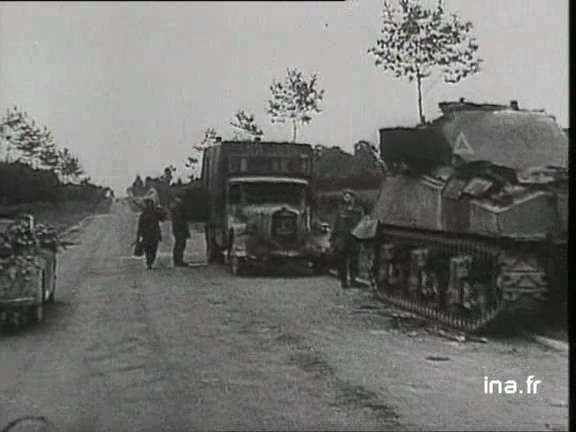@wittmann:
Garg beat me to it, but I was going to say the medal was for blunting the 7th Division(and 30xxx) attack. Not for the number of kills.
Wittmann did not ‘blunt’ a Corps attack.
What happened is that previously unknown Units were encountered during a thrust towards Villers Bocage. Wittmann was just the tip of the thrust. The actions across the front on June 13th convinved Montgomery that it would be risky to continue the attack and he closed down the operation. What you have done is twist this to 'Wittmann with a single Tiger completely defeated an attack by several Divisions. Total fantasy.
@wittmann:
His action, 20 mins of it, allowed the Germans the time and opportunity to counterattack and prevent the potentially dangerous flank attack from becoming reality.
In a parallel universe maybe. What Wittmann did is best summed up by Wolfgang Schneider. He says:
"It is easy to judge the contents of the award nomination drafted by Sepp Dietrich. All the afore mentioned assertions are downright untrue"
Just to clarify things for you Schneider is the author of Tigers in Combat 1 & 2 and is telling you the claims made in the award citation I posted in my last message are ‘downright untrue’
and he further states:
"The reader can quite easily work out how many shots were on target: seven. And even if we take into account the artillery observation tank �armed� with a wooden gun and the light Stuart tanks, the number still does not come to 25. "
This is Schneider pointing out the claim Wittmann got 21-25 tanks is untrue.
@wittmann:
Maybe he never destroyed A Squadron as you say.
If there are no reports of it by the Regiment, then maybe it was a German mistake or propaganda.
The battle happened and the British were forced to cancel the operation. What did not happen is a single man in a Tiger stopped a whole Corps. A Squadron 4th CLY was destroyed but not by Wittmann.
Schneiders considered opinion on Wittmann at Villers may suprise you:
_"6. The hasty, single-handed attack on the large and powerful British force may seem brave, but it goes against all the rules (no centre of gravity, no concentration of forces, importance of the moment of surprise). The action that followed by the bulk of the 2nd Company and by Mobius 1st Company came up against an enemy who had gone onto the defensive.
7. The carefree advance of a single panzer into a town occupied by the enemy is pure folly.
Thoughtlessness of this kind was to cost the “tank commander with the highest number of kills” his life on August 8th 1944, near Gaumesnil, during an attack casually launched in open country with an exposed flank._"
What Schneider means is Wittmann should have held his ground and reported back that a whole British Armoured Division was on the move with open flanks. By proper reporting the assembling Panzers could cut it off and wipe it out. Given the choice of either doing this or gaining a bit of personal glory Wittmann chose glory.
Remember now this is what Wolfgang Schneider says not me (though I agree!)
@wittmann:
This withstanding, your rude counter to my 13th June anniversary post, has upset some here and could have been kept to yourself.
I presume
that would be because you prefer the fiction rather than the facts?









